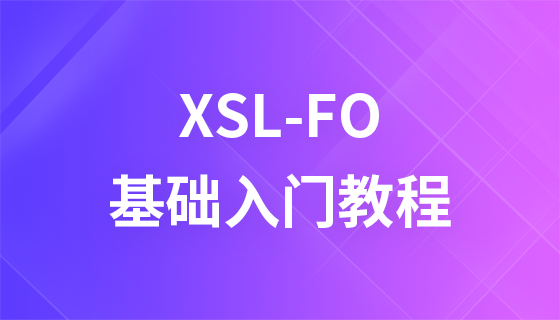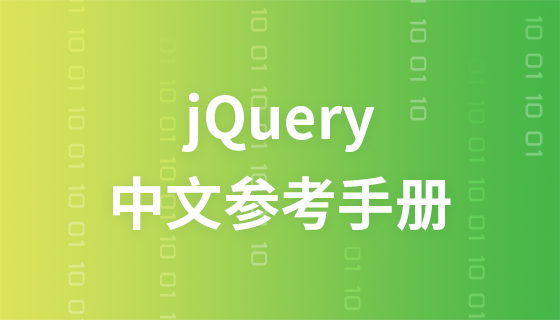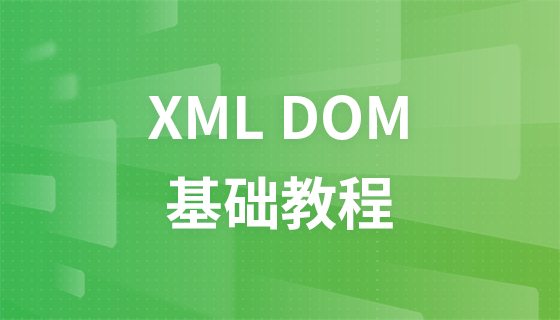JSONP 教程
JSONP 教學
本章節我們將向大家介紹 JSONP 的知識。
Jsonp(JSON with Padding) 是 json 的一種"使用模式",可以讓網頁從別的網域(網站)取得資料,也就是跨網域讀取資料。
為什麼我們從不同的網域(網站)存取資料需要一個特殊的技術(JSONP )呢?這是因為同源策略。
同源策略,它是由Netscape提出的一個著名的安全策略,現在所有支援JavaScript 的瀏覽器都會使用這個策略。
JSONP 應用程式
1. 服務端JSONP格式資料
#如客戶想要存取: http://www.php.cn/try/ajax/jsonp.php? jsonp=callbackFunction。
假設客戶期望回傳JSON資料:["customername1","customername2"]。
真正回到客戶端的資料顯示為: callbackFunction(["customername1","customername2"])。
服務端檔案jsonp.php程式碼為:
<?php
header('Content-type: application/json');
//获取回调函数名
$jsoncallback = htmlspecialchars($_REQUEST ['jsoncallback']);
//json数据
$json_data = '["customername1","customername2"]';
//输出jsonp格式的数据
echo $jsoncallback . "(" . $json_data . ")";
?>2. 客戶端實作callbackFunction 函數
<script type="text/javascript">
function callbackFunction(result, methodName)
{
var html = '<ul>';
for(var i = 0; i < result.length; i++)
{
html += '<li>' + result[i] + '</li>';
}
html += '</ul>';
document.getElementById('divCustomers').innerHTML = html;
}
</script>頁面展示
#<div id=" divCustomers"></div>
客戶端頁面完整程式碼
<!DOCTYPE html PUBLIC "-//W3C//DTD XHTML 1.0 Transitional//EN" "http://www.w3.org/TR/xhtml1/DTD/xhtml1-transitional.dtd">
<html xmlns="http://www.w3.org/1999/xhtml" >
<head>
<title>JSONP 实例</title>
</head>
<body>
<div id="divCustomers"></div>
<script type="text/javascript">
function callbackFunction(result, methodName)
{
var html = '<ul>';
for(var i = 0; i < result.length; i++)
{
html += '<li>' + result[i] + '</li>';
}
html += '</ul>';
document.getElementById('divCustomers').innerHTML = html;
}
</script>
<script type="text/javascript" src="http://www.php.cn/try/ajax/jsonp.php?jsoncallback=callbackFunction"></script>
</body>
</html>jQuery 使用JSONP
以上程式碼可以使用jQuery 程式碼實例:
<!DOCTYPE html>
<html>
<head>
<title>JSONP 实例</title>
<script src="http://apps.bdimg.com/libs/jquery/1.8.3/jquery.js"></script>
</head>
<body>
<div id="divCustomers"></div>
<script>
$.getJSON("http://www.php.cn/try/ajax/jsonp.php?jsoncallback=?", function(data) {
var html = '<ul>';
for(var i = 0; i < data.length; i++)
{
html += '<li>' + data[i] + '</li>';
}
html += '</ul>';
$('#divCustomers').html(html);
});
</script>
</body>
</html>













